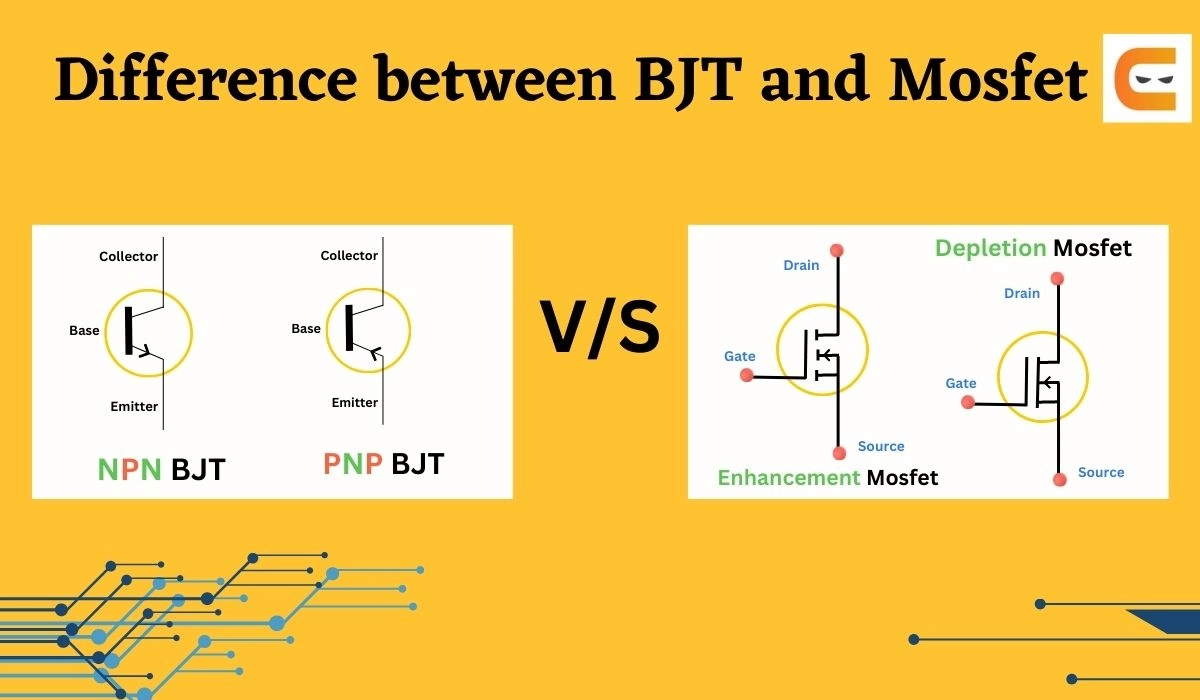Okay, so I kept seeing MOSFET and BJT thrown around in forums and schematics like they’re interchangeable. Felt like I needed to actually figure this out for real, not just repeat textbook crap. Grabbed my breadboard, a handful of components, and decided to just hook stuff up and see what blows.

Where I Started
Remembered how BJTs got that “base current” thing going on. Pulled out an NPN (2N2222, my go-to cheapo one). Hooked a 1k resistor between base and +5V, collector to +5V through another 1k, emitter straight to ground. Measured voltage drop across collector resistor – easy peasy. More base current via a smaller resistor? Collector voltage dropped more. It’s basically a current valve – control the firehose with a tiny stream. Pretty intuitive.
The MOSFET Moment
Then slapped in a random N-channel MOSFET (IRFZ44N, salvage bin special). Did the classic gate-to-switch thing. Gate straight to +5V through 10k, drain to +12V via LED and resistor, source to ground. Flipped power… nothing. LED dead. Panicked for a sec – did I fry it? Nope, total rookie move. Remembered these buggers need a decent kick to turn on. RAMMED the gate straight to +12V. BAM! LED lit up like crazy. That’s the kicker: BJTs care about current trickling in, MOSFETs just want voltage punched at the gate. No gate current sucking up power either – just voltage floating in space.
Switching Stuff – Speed & Heat
Next test: making things blink fast. Wired both to a cheap PWM module running a motor. BJT worked but got worryingly hot quick – that base current gotta go somewhere, turning into heat. MOSFET stayed ice cold at the same speed. Why? No current struggle at the gate, less wasted energy. Hooked up a scope probe: BJT turned on/off kinda sluggish, MOSFET snapped on/off like a light switch. Clear winner for fast switching or heavy loads.
What ACTUALLY Matters For Your Projects
- Control Style: BJT = push current INTO base. MOSFET = shove voltage AT gate (no current needed!).
- Speed: Need things crisp & fast? MOSFET. Relaxed blinking? BJT’s fine.
- Heat & Power: Driving big motors or LEDs? MOSFET wastes WAY less juice as heat.
- Cost & Fragility: MOSFETs hate static zap (touch radiator first!). BJTs cheaper for tiny jobs but melt if you look at ’em wrong.
Bottom line? Didn’t need fancy math or datasheet diving. Half an hour frying parts on the bench gave me what I actually needed: BJTs are like dimmer switches needing muscle, MOSFETs are like clap switches needing a sharp shout. Pick the right hammer for the nail. Simple.

